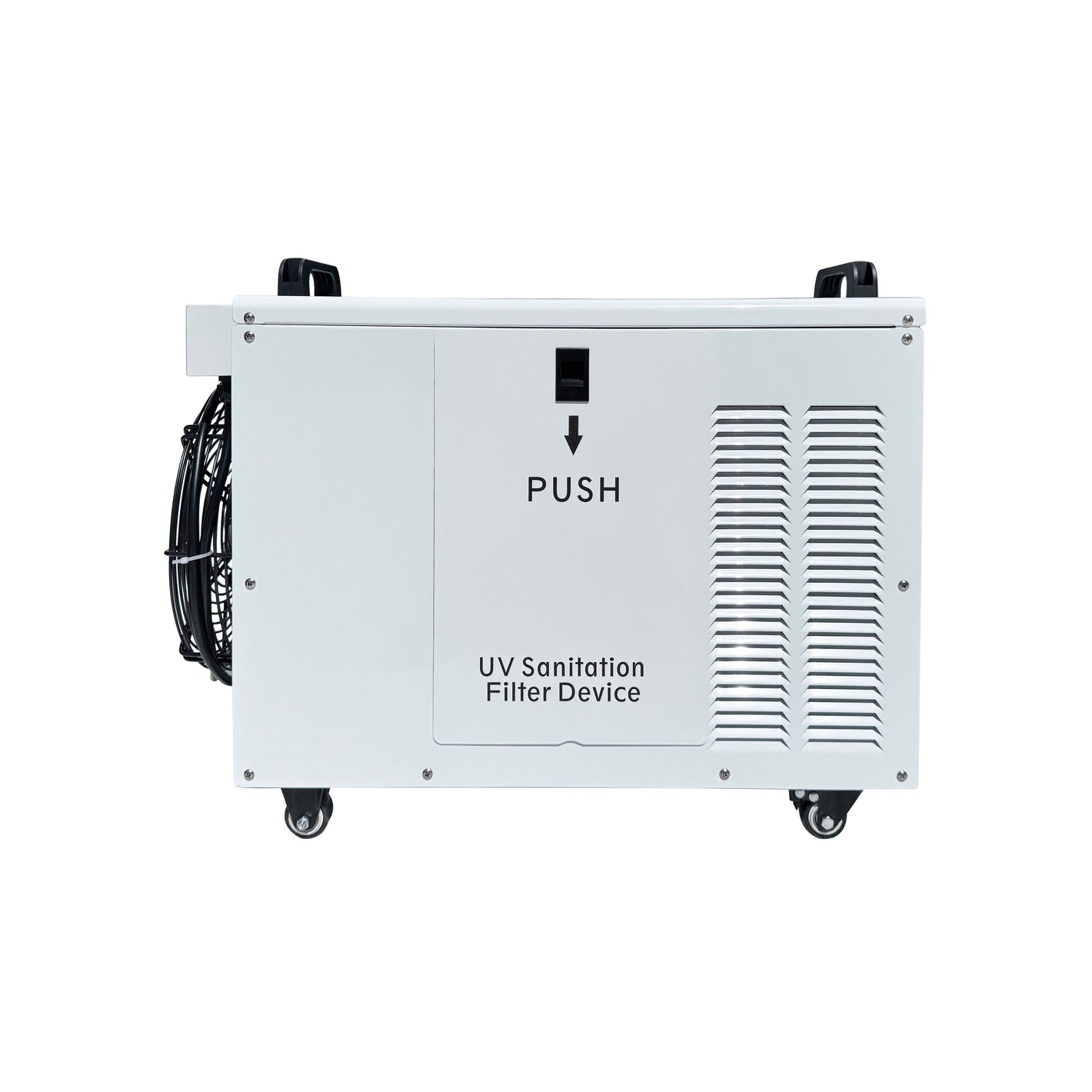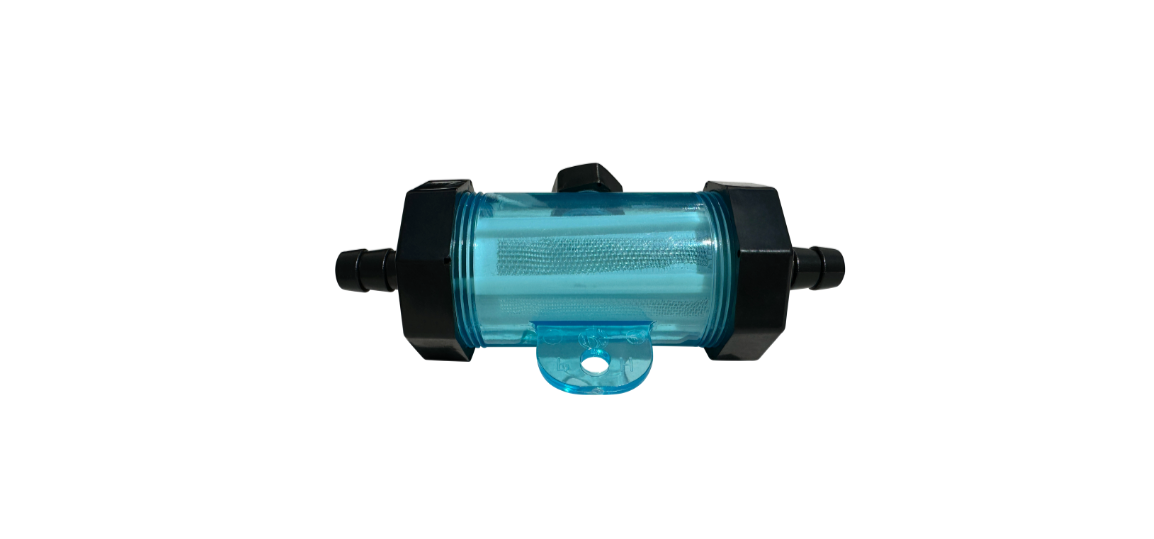Bacteria play a crucial role in various ecosystems, including bodies of water. Their ability to thrive in diverse environments raises the question, can bacteria grow in cold plunges? Exploring this topic involves understanding the conditions bacteria need for growth, the characteristics of cold water environments and the implications for health and hygiene.
It's important to note that while cold temperatures can inhibit bacterial growth, they may not completely prevent it. Proper safety and hygiene practices through mechanisms such as UV light, Ozone sanitation or Solutions can help minimize the risk of bacterial contamination.
Understanding Bacteria and Growth Conditions
Bacteria are single-celled organisms that can exist virtually anywhere. Their growth is influenced by environmental factors such as temperature, pH level, nutrient availability and oxygen concentration. While many bacteria thrive in moderate temperatures (68-113°F), certain species have adapted to thrive in colder conditions, including refrigerated environments.
In cold environments, bacterial growth slows down significantly but doesn't necessarily cease altogether. Psychrophilic bacteria, specifically adapted to cold temperatures (32-68°F), are capable of metabolic activities and reproduction in cold water settings. These organisms have enzymes and cellular structures adapted to function optimally in low temperatures, enabling them to survive and reproduce even in refrigerated water.
Cold Plunges: Ideal Conditions for Bacterial Growth
Despite their cold environment, cold plunges are not immune to bacterial colonization and growth.
Water in cold plunges may contain organic matter and nutrients introduced by users, such as sweat, skin cells, and even residual soap or oils. These substances can serve as a food source for bacteria, facilitating their growth even in cold water. Additionally, the introduction of bacteria from users' bodies or the environment can seed these containers with microbial life.
Furthermore, the surfaces of cold plunges, including their walls and floors, can harbor bacteria through direct contact or aerosol deposition. Bacterial biofilms, which are communities of bacteria encased in a protective matrix, can form on these surfaces, providing a persistent source of microbial contamination.
Health and Hygiene Considerations
The presence of bacteria in cold plunges raises concerns about hygiene and potential health risks. While not all bacteria are harmful, some pathogenic strains can cause infections, particularly when introduced into vulnerable areas of the body, such as through cuts or abrasions during immersion.
Maintaining proper hygiene practices is essential to mitigate bacterial growth and reduce health risks associated with cold plunges. Regular cleaning and disinfection of these containers, including thorough scrubbing of surfaces and periodic water replacement, can help minimize bacterial colonization. Disinfection methods such as oxidizers and sanitizers may also be employed to ensure water quality and safety.
Users of cold plunges should be aware of these considerations and follow guidelines provided by manufacturers or health professionals regarding safe usage and maintenance. This includes avoiding prolonged immersion, ensuring proper hygiene before and after use, and reporting any signs of water contamination or unusual odors.
In conclusion, bacteria can indeed grow in cold plunges, albeit at a slower rate than warmer environments. The presence of organic matter and the introduction of bacteria from users contribute to microbial colonization of these containers. While not inherently dangerous, bacterial growth in cold water settings necessitates proper hygiene and maintenance practices to mitigate health risks. By understanding the conditions that support bacterial growth and implementing appropriate measures, users can safely enjoy the benefits of cold plunge therapy without compromising their health and well-being.







